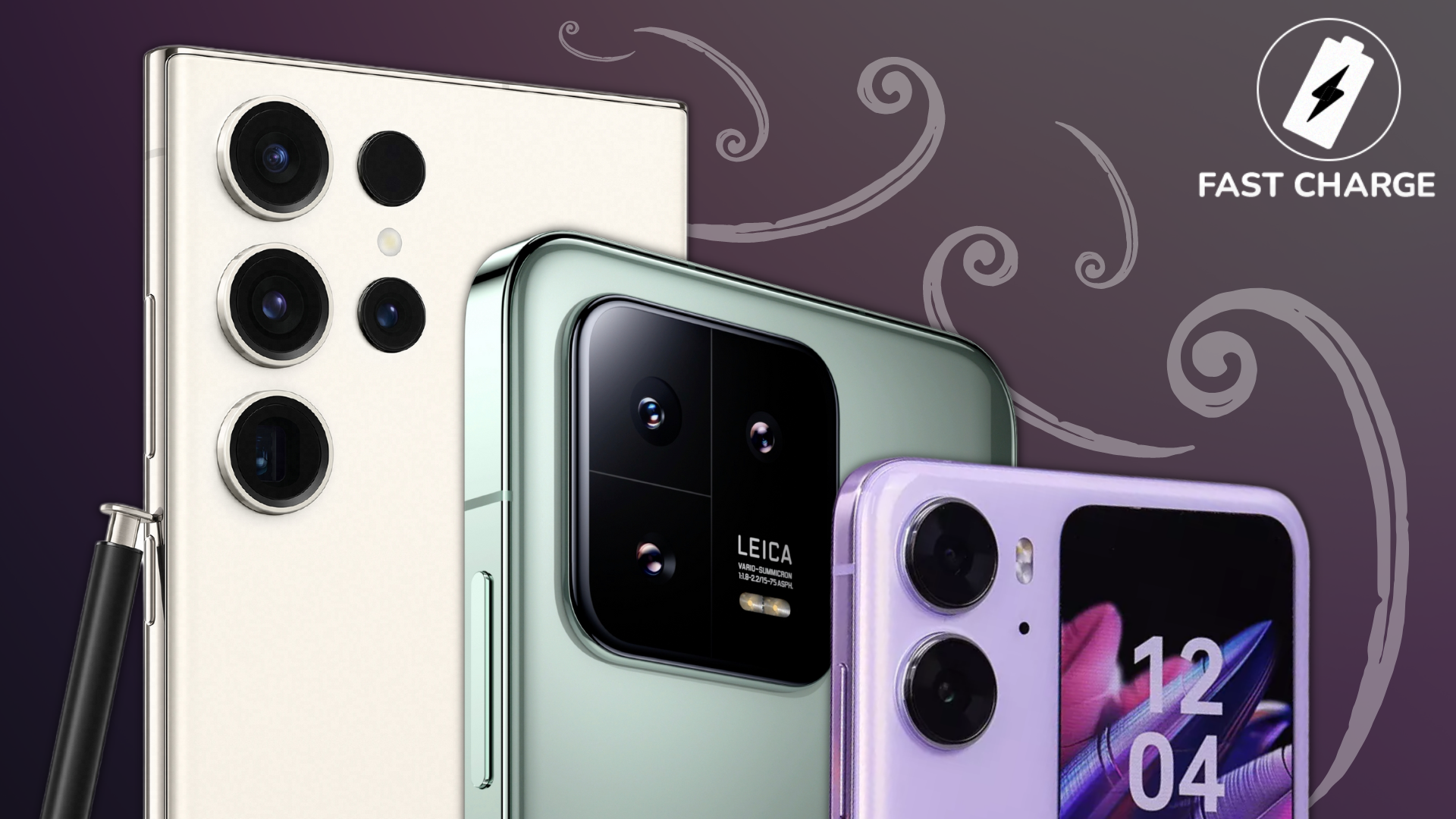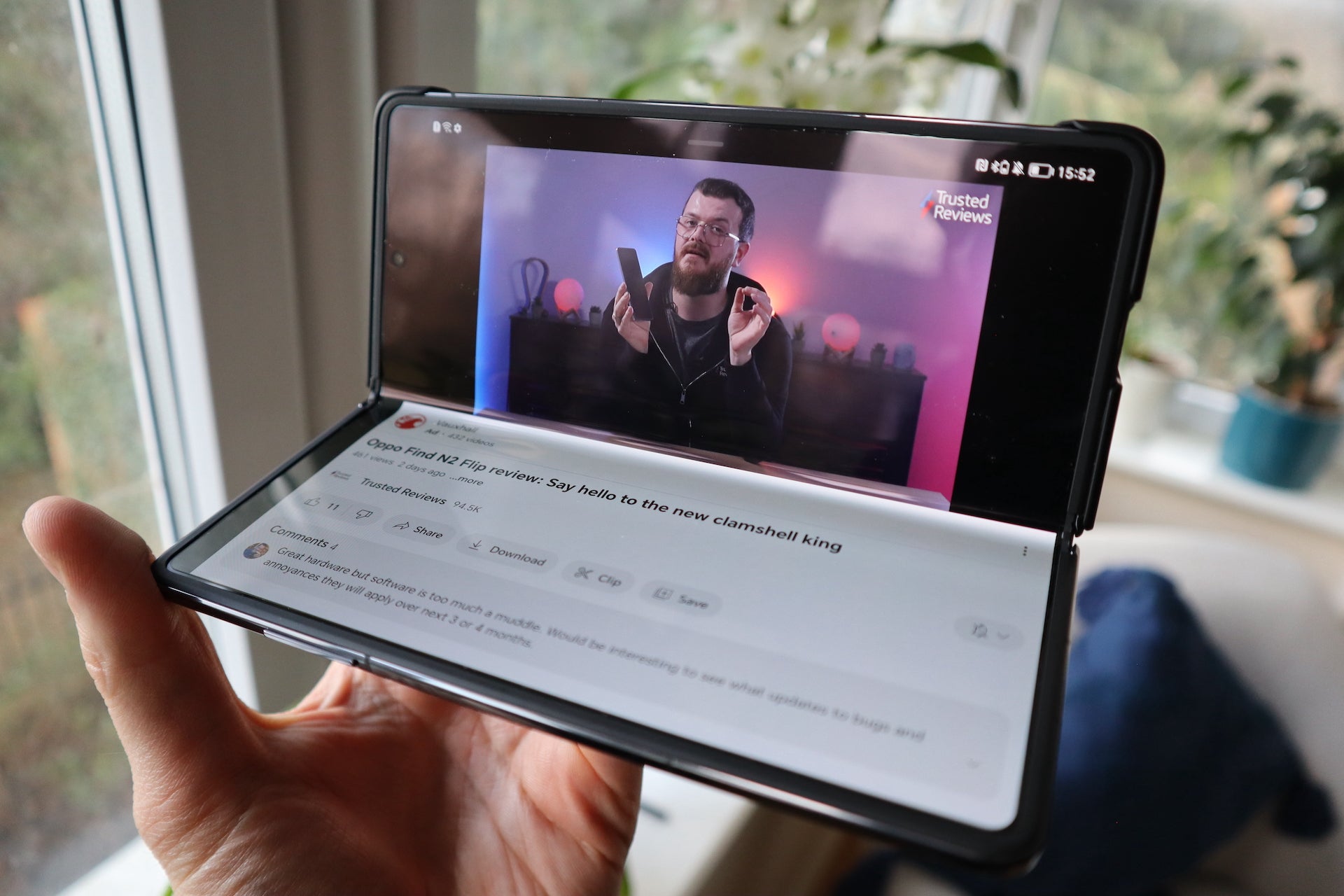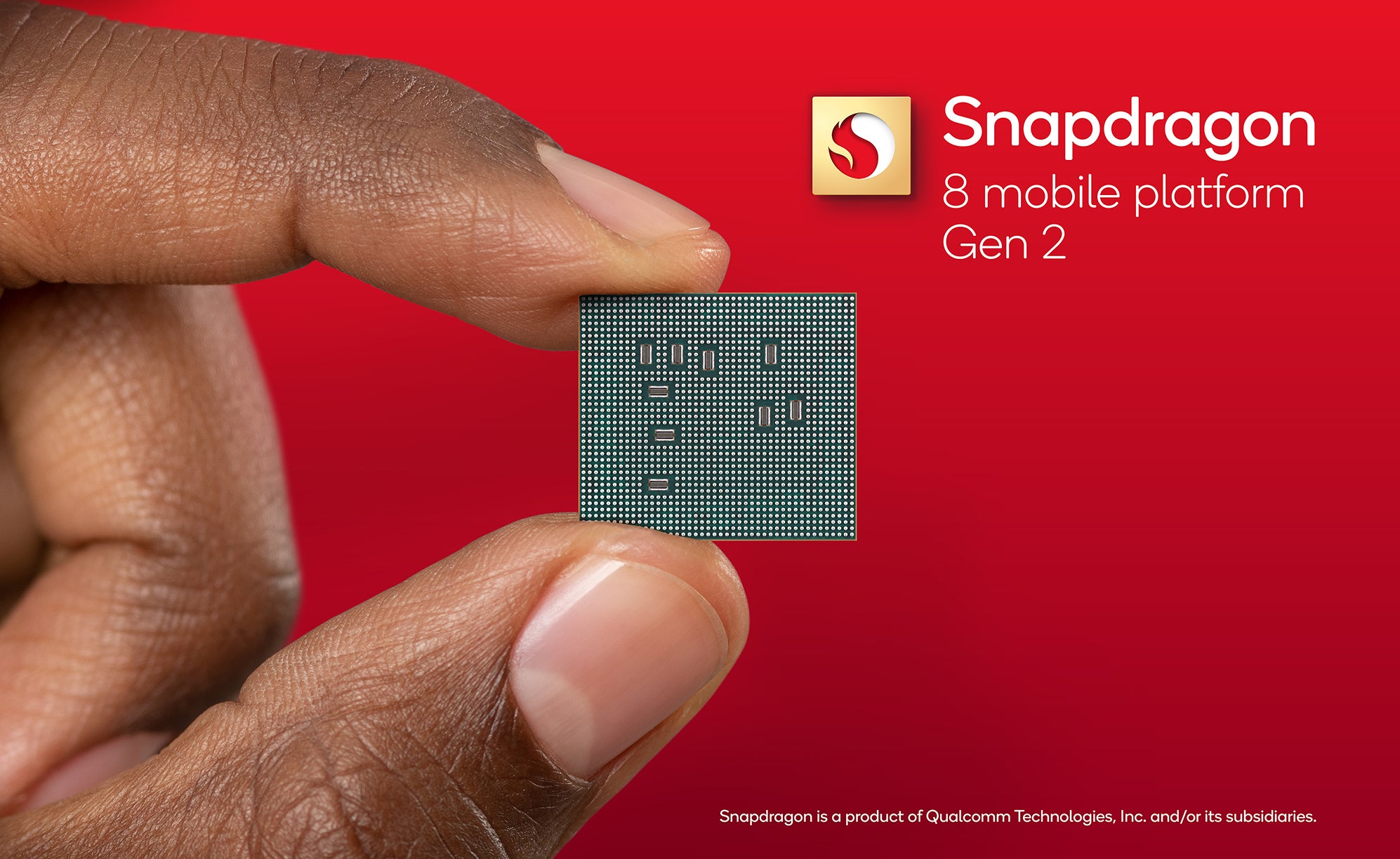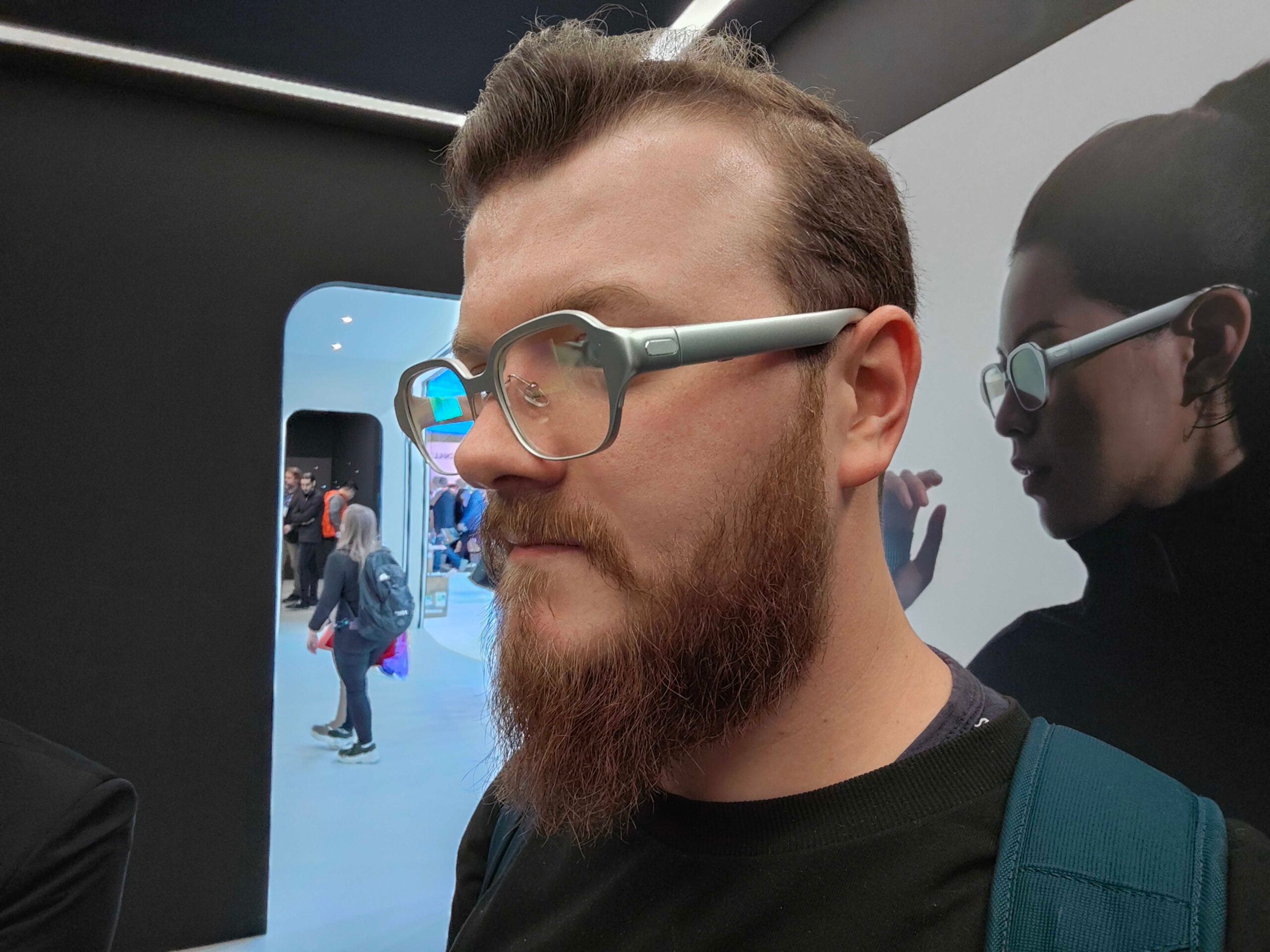Leica and Xiaomi is a camera phone partnership done right
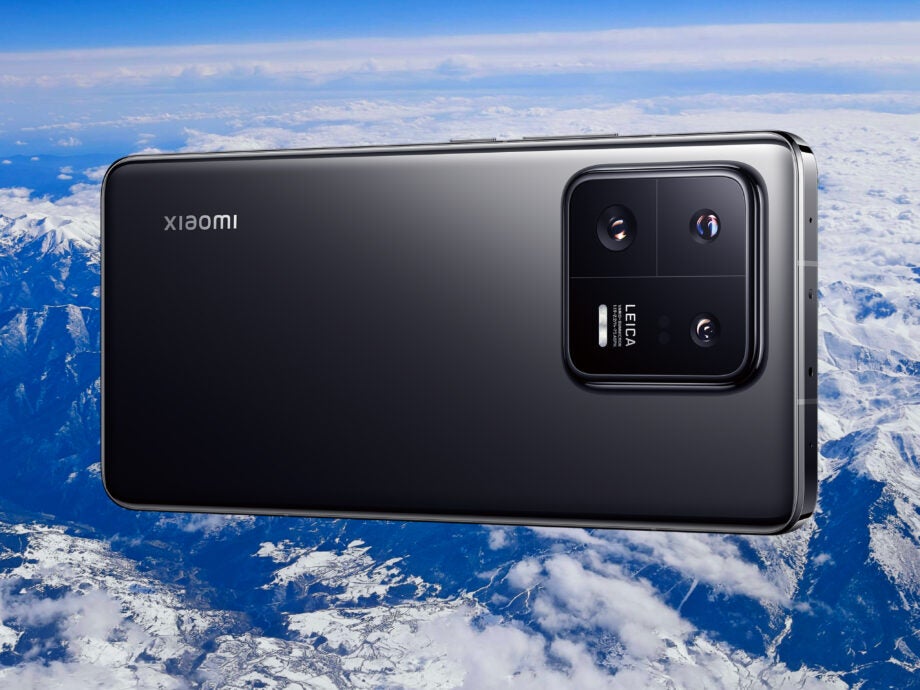
OPINION: Iconic camera brand Leica and smartphone superpower Xiaomi announced a partnership last year, and they used MWC 2023 to show off some of the first global devices to come from it.
My first thought, whenever I see a partnership like this get announced, is one of suspicion.
I’ve seen and covered too many gimmicky brand tie-ups in my time to assume they’re not being done for the right reasons, but after spending some time with both the Xiaomi 13 and Xiaomi 13 Pro I think this could be one with the best results.
Camera brands teaming up with phone makers is nothing new, yet it has rarely yielded truly standout results. Zeiss has partnered with both Nokia and Sony among others on numerous occasions with little benefit, while the Hasselblad deal with OnePlus and Oppo has yet to go beyond some gimmicky modes. Before Oppo, Hasselblad helped Motorola build a disappointing Moto Mod attachment.
The most obvious case of these partnerships leading to successful products actually includes Leica. For a number of years, the German brand helped Huawei produce some of the very best camera phones of the time – really making Huawei known for being an industry leader in the space.
Huawei’s time with Leica ended in 2022 and Xiaomi swooped in – it’s already looking like that’s a good decision.
Now, it’s virtually impossible to actually gauge how much of an effect Leica has on the cameras on the Xiaomi 13 series. It doesn’t, for example, engineer the lenses itself in its Frankfurt HQ – instead preferring the term ‘co-engineered’.
It also has no input on the sensors used in the phones, yet having seen the results from past Huawei phones and images shot with the Xiaomi 13 Pro it seems like it’s more than a coincidence that Leica-branded phones are becoming some of the best camera phones around.

Leica’s input, aside from helping co-engineer the lens system, focuses a lot on colour science. Both the Xiaomi 13 and 13 Pro have a duo of shooting options: Leica Authentic and Vibrant. Authentic reduces colour saturation and aims for true-life images, while Vibrant adds in a little more of the punch you’d find on the iPhone 14 Pro and Samsung Galaxy S23 Ultra.
These two modes are great, customising the image far more than a basic filter without making everything look like an Instagram post from 2014. When paired with the 1-inch sensor on the Xiaomi 13 Pro, the images from this phone are unlike anything from the mainstream competition. As so much data can be gathered from that sensor, there’s less reliance on post-processing and as a result, I find the images look like they’re not so obviously taken from a phone. As much as I love the camera on, say, the Pixel 7 Pro, there’s a very distinct style that makes it clear the photos are from a phone.
Images from Xiaomi 13 Pro, whether they’re from the zoomed lens for portraits or the main camera, look more neutral, more realistic and less processed. Details are a little softer and not as oversharpened, while colours aren’t quite as vivid. A lot of this comes down to personal preferences, but I tend to prefer this kind of shot which then leaves me free to tweak it later.


I’m also a huge fan of how the partnership doesn’t take over the phone. Instead of a brash logo on the back of the phone, there’s modest Leica wording on the camera badge. The camera app too doesn’t get bogged down in gimmicky editions; instead it offers two modes, four filters and a neat Leica shutter sound that you turn off if you wish.
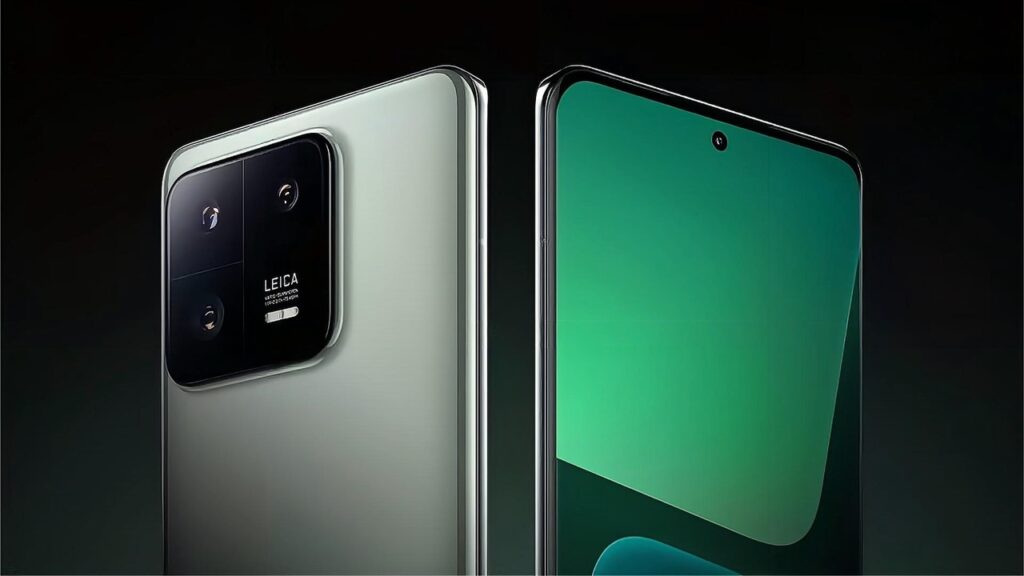
It’s still in the early stages of this partnership, but from what I have seen so far – and remembering how good the Leica Huawei phones were – I am very optimistic this will be far from the marketing gimmick it could have been.



